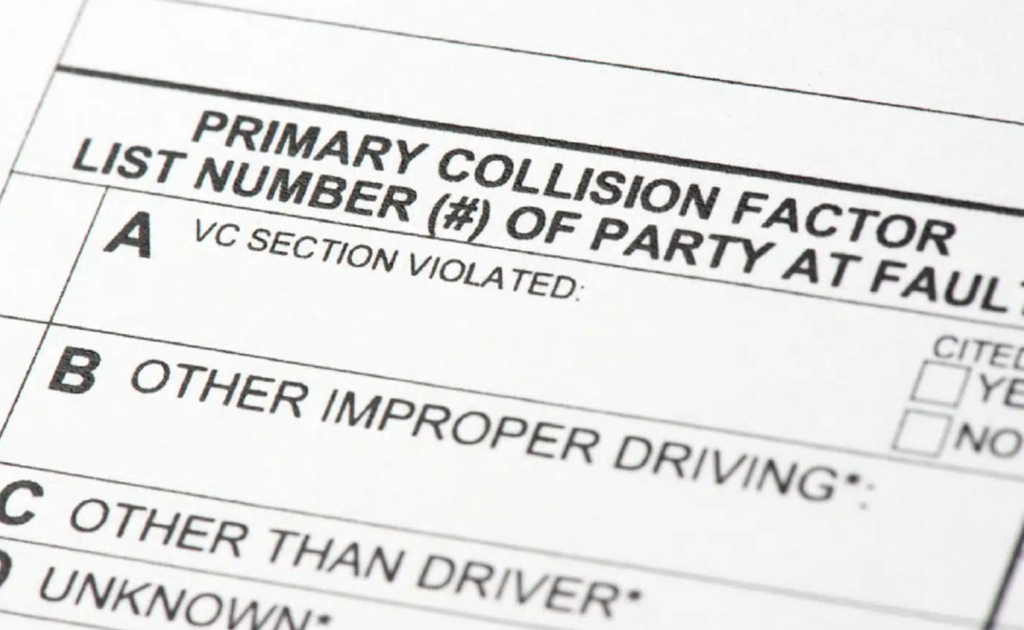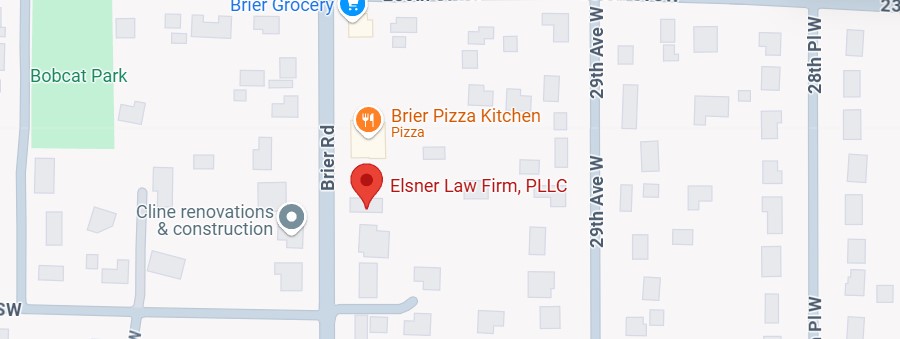Essential Legal Terms: A Glossary for Better Understanding
You might be confused about the difference between legal terms, and how it can affect you and your case. Here’s some key information you need to know about some basic terminology.
What Does Personal Injury Mean?
Personal injury is when a wronged party has suffered from an accident or an injury. Some examples of common personal injuries are car accidents, defective products, and on the job site injuries. Cases like this can be formalized and tried through civil court, when one party files a suit against another, or (more commonly) they can be settled informally, out of court. This settlement most often happens through negotiation, ending when both parties agree to halt any legal proceedings in exchange for a settlement, which is usually financial in nature.
What Is Wrongful Death?
Wrongful death is a specific type of personal injury case that applied specifically when a victim dies as a result of intentional or negligent act on the part of the defendant. Wrongful death applies when an injured victim–who would otherwise have a personal injury claim–is killed as a result of the defendant’s actions (or inactions). There are many different situations where this can occur, including when a person is killed intentionally, when a death happens as a result of medical malpractice, or when a car accident results in a fatality. Since the injured party is dead in a wrongful death suit, the suit must be filed by a representative of the deceased’s estate. This can be a spouse or other immediate family member.
Since it is filed on behalf of the injured party, and not as a result of criminal charges, a wrongful death suit is not the same as a criminal trial for murder or manslaughter. Furthermore, the outcome of one case does not depend on, and will not necessarily affect, the outcome of the other.
What Is A Tort Law?
To put it simply, a tort is a general term that refers to all types of civil claims including personal injury. In the case of a tort, the injury is caused by civil, and not criminal, wrongs. So, while a crime was technically not committed in a tort, one party is able to prove some sort of damage or injury that was caused by the actions or inactions of the other. A car accident, invasion of privacy, wrongful death, breach of contract, or harm caused by a defective product would all be examples of cases that fall under tort law.
There are three main categories of tort law that most cases fall under.
Intentional tort cases occur when one party deliberately injures another—intentionally hitting someone, for instance, or committing an act of vandalism. While criminal charges could be filed in certain cases like this, which would seek fines or a jail sentence, a civil case would seek monetary damages on the behalf of the injured party instead.
Negligence, the second category of tort law, takes place when damage is caused by the inaction or carelessness of another, but it is not intentional. An example of negligence might involve a fall due caused by a construction foreman failing to properly secure a piece of equipment.
A third type of tort case is strict liability, which basically involves accidental or unintentional injury that is not due to negligence. For example, filing a lawsuit against a person when their dog attacks or bites is a strict liability case. Strict liability is applied to situations when the law doesn’t want to give someone an excuse for what happened. In dog bite cases, even if the person was being careful with the dog, if the dog bites someone they are liable. The only exception in dog bite cases is if the injured person provoked the dog to bite.
What Is The Standard Of Proof?
The standard of proof is the level of convincing that must be done for a judge or jury to find in your favor. There are many standards of proof, also known as burden of proof. For civil cases, including personal injury cases, the standard of proof is preponderance of the evidence. Stated another way, preponderance of evidence is the same as more likely than not – or 51% vs 49%. As long as you prove that the evidence is more likely than not in your favor, then the judge or jury should find for you. The standard of proof applies to many different areas of the case. For negligence cases, the most common times the standard of proof is evaluated is with the particular damages and liability. For example, if two people get into a car accident and both people testify that they had a green light at the time of the accident, then you probably can’t satisfy your burden of proof. This is because if both people are equally believable, then you have a 50/50 proof level and would likely lose. If, however, you have a witness that says you had a green light then you would most likely get the jury to think that you had a green light based on the level of proof of more likely than not. The second hotly contested damage in personal injury cases is the medical treatment. The defense attorney hired by the insurance company will argue that you treated too much while your doctor will testify that you treated the correct amount. The jury will have to decide whether on a more probable than not basis you treated the correct amount per your doctor or the defendant’s hired expert.
Some of the other standards of proof that we see in the legal system, from the most proof required to the lowest amount of proof, are:
- Beyond all reasonable doubt (the standard for criminal cases)
- Clear and convincing evidence
- Preponderance of the evidence (51% vs. 49%) for civil cases
- Substantial evidence
- Scintilla of evidence
- No proof
What Is Mediation?
Mediation is when the parties choose someone to listen to the main facts about their case, evaluate the strengths and weaknesses, and then try to get the parties to reach a settlement. Mediation is not binding on the parties. Most courts in Washington, including King County and Snohomish County, require that the parties attend mediation on larger dollar value cases. An effective mediator will convince the parties that it is better to settle than to risk the unknowns of trial. Mediators are usually attorneys with 20 plus years of experience or retired judges. Mediation is conducted at an attorney’s office or at the offices of the mediators.
What Is Arbitration?
Arbitration is when the parties are required to have someone hear the case and make a decision that is binding on the parties. There are two types of arbitration. In private arbitration, the parties find an arbitrator to hear the case. Private arbitration usually occurs based on agreement of the parties such as in employment, when you purchase a product, or when two businesses agree to it. Private arbitration for good and bad keeps legal disputes secretive because there isn’t a formal court proceeding started.
In court required arbitration, called mandatory arbitration, the parties are required to have an arbitrator resolve smaller dollar cases. In Washington, the current amount for arbitration is any case valued at $50,000 or less. If the case is subject to mandatory arbitration, after it is filed in court, the case is transferred to the arbitration department. The parties have a list of arbitrators to pick from. The arbitrator will then hear the case a couple months later. If either party is not happy with the result of the arbitration, they can appeal it and get a trial in court with a judge or jury. The biggest risk, though, is that if you don’t improve your position from the arbitration you have to pay the other side’s attorney fees.
In both types of arbitration, the parties meet at the arbitrator’s office and present their case. The process can take from a couple hours up to a couple of days, which is significantly less than a trial in a court.
What Is The Statute Of Limitations?
Statute of limitations is the limit the law puts on the time you have to file a lawsuit. There are many different statute of limitations. For example, personal injury cases have a three year statute of limitations. So if you don’t settle with the insurance company within three years, you must file the lawsuit to preserve your legal rights. Other examples include six years for breach of contract cases and two years for intentional tort cases such as assaults.
What Is A Summons And Complaint?
The summons and complaint are the documents that are created to initiate a lawsuit. The summons puts the defendant on notice that there is a lawsuit against them. The complaint is the document that identifies the parties involved, the facts that give rise to the lawsuit, the claims being brought, and the request for relief – aka what you want the court to do. Generally, a process server is hired to serve the summons and complaint on the defendant.
Questions?
We’re happy to clarify anything you’ve read here – just drop us a line, give us a call, or send us a text if you’re in the Snohomish County or greater Seattle area and looking for legal assistance. We’re available anytime, at 206-447-1425.







